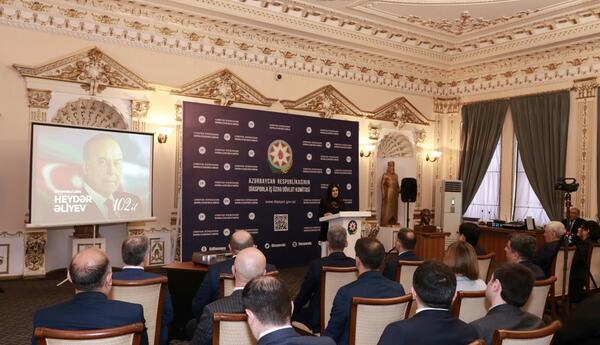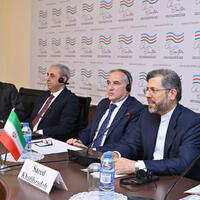Consumer rights and the potential impact of Product Environmental Footprint on improving them
Every year, 15 of March marks an important day for consumers all across the globe. An occasion first enacted in 1962 by US president John F Kennedy, World Consumer Rights Day has become a means to raise global awareness about consumer rights and needs.
Celebrating this is a chance to demand that the rights of all consumers are respected and protected, and to highlight and curb market abuses and social injustices. Such a right is access to accurate and reliable information about the environmental impact or footprint of products and services. Here, consumers' awareness of a product’s environmental footprint (PEF) can help them make informed purchasing decisions that promote sustainability and goods which are environmentally friendly. Additionally, consumers have the right to expect that the products they buy are safe for their health and the environment. Sustainable products are those that are designed and produced with the goal of minimizing negative environmental impacts throughout their life cycle, while also promoting social and economic benefits.
PEF is a methodology for calculating the environmental impact of a product over its lifetime. Although PEF has been proposed by the European Commission as part of the Single Market for Green Products (SMGP) initiative, PEF is still a methodology and not a piece of legislation in its own right.
What is a life cycle assessment (LCA)?
Life cycle assessment (LCA) is a methodology for calculating a product’s environmental impact. LCAs are widely used in the apparel industry, as they provide a clear picture of the materials that make up a product, and how these materials impact the environment at every stage of a product’s life — from raw material extraction to manufacturing, distribution, usage, and all the way through to disposal. The LCA process generates the best means for companies and customers to make quality decisions on reducing our impact, however, like any other similar solution, it is not perfect, and it requires nuanced discussion.
PEF is based on LCA, and both are methodologies for calculating the impact of a product over its lifetime. PEF, however, is more clearly defined than the universal LCA methodology, and could become the ‘gold standard’ for LCAs in Europe. For example, PEF defines clear system boundaries for a product’s lifecycle, whereas LCA boundaries are open to interpretation. PEF also provides rigorous guidance for assessing end-of-life, which LCA does not require. PEF is standardized for comparability between products, whereas the scope of an LCA can differ depending on who is conducting the assessment. This is an important distinction, as comparability is only possible if the results are based on the same rules (reason for which the Product Environmental Footprint Category Rules (PEFCR) exist). PEFCR are PEF’s ‘Category Rules’ for individual product groups, offering step-by-step guidance on conducting PEF for different kinds of products. These category rules make PEF ideal for achieving consistent and comparable environmental impact reports across industries, ensuring that every product’s impact is calculated under the same standards and that consumers can accurately compare goods within the same category.
What are the benefits of PEF for consumers?
Mandating a standardized methodology will help guide consumers in accurately choosing green products that have behind them an assessment and disclosure of their environmental impact. This will also help consumers accurately compare available products and ensure that the sustainability claims and labels are verifiable and credible.
Additionally, as more brands conduct better assessments of their products’ impact, they will spot more opportunities to produce more sustainable products. At the same time, an assurance of quality data and credible claims will encourage consumers to purchase environmentally-friendly products, driving the entire industry forward as a positive trend.
Even without knowing when and how PEF methodology will become a required practice, the evidence is clear that proper product impact assessments such as LCAs can bring a multitude of benefits. They offer a quantitative basis for sustainability strategies, which can help customers make informed sustainability decisions. As well, access to credible product impact data only bolsters sustainability claims, improving trust among consumers and stakeholders, and protecting companies against accusations of greenwashing.
About EU4Environment
The “European Union for Environment” (EU4Environment – Green Economy) Action helps the Eastern Partnership countries preserve their natural capital and increase people's environmental well-being, by supporting environment-related action, demonstrating and unlocking opportunities for greener growth, and setting mechanisms to better manage environmental risks and impacts.
It is funded by the European Union and implemented by five Partner organizations - OECD, UNECE, UNEP, UNIDO, and the World Bank – over the 2019-2024 period, with a budget of EUR 20 million.
More information about the Action is available at www.eu4environment.org
For more information about resource efficiency in Azerbaijan, please visit: www.recp.aceconsultants.az/en
Aslan Shikhaliyev
Regional Environmental Centre for Caucasus
Bütün xəbərlər Facebook səhifəmizdə









.jpg)





















 USD
USD
 EUR
EUR
 GBP
GBP RUB
RUB